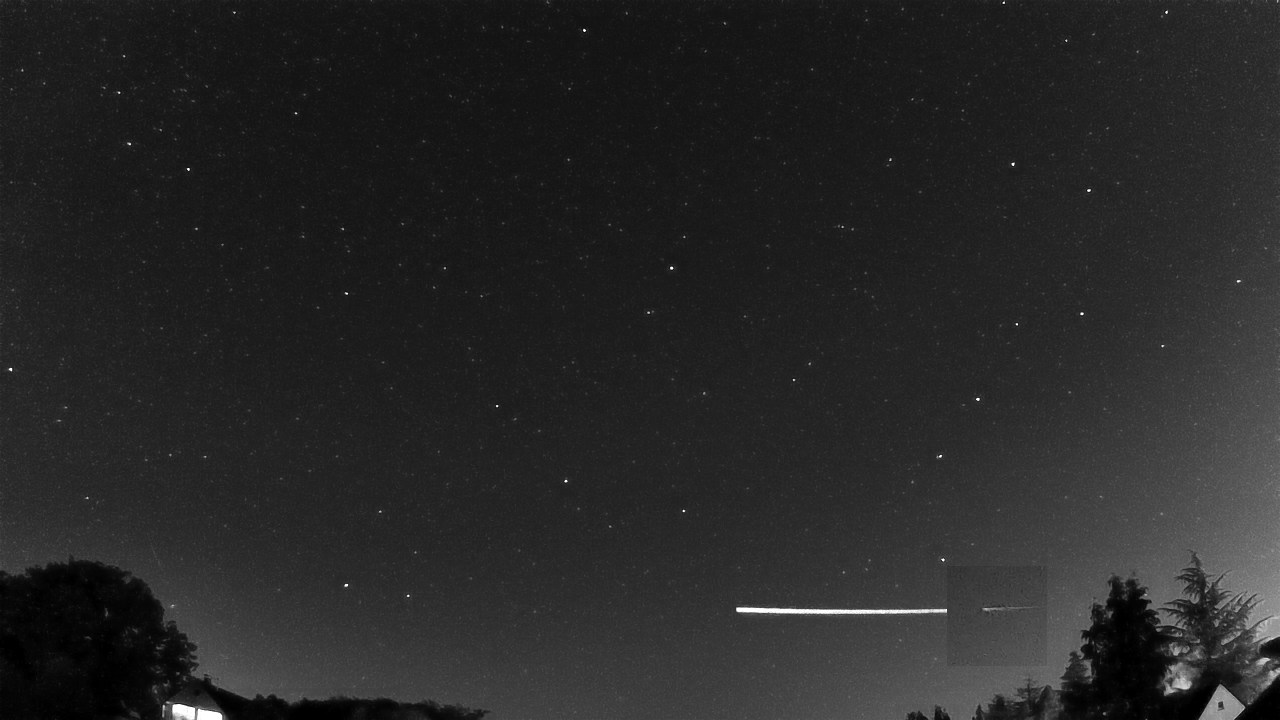The Universe often puts on a good show for us down here on Earth but one of the best spectacles must be a meteor shower. We see them when particles, usually the remains of comets, fall through our atmosphere and cause the atmosphere to glow. We see them as a fast moving streak of light but a new paper has suggested that the meteor showers we see can explain the sizes of the particles that originally formed the comet from where they came.
Continue reading “Explaining Different Kinds of Meteor Showers. It’s the Way the Comet Crumbles”Can Meteor Showers Be Dangerous to Spacecraft?
We’ve all read the advice, during a meteor shower there is no equipment needed. All you need to do is lay back and wonder at one of the most spectacular sights the universe has to offer. That’s about it though and while you lay back on a lounger and watch it really can be a wonderfully grounding and relaxing experience. Unless you happen to be on National TV and miss a meteor behind your head and just tell the world there’s nothing to see. Not that I’m bitter about that of course!
Continue reading “Can Meteor Showers Be Dangerous to Spacecraft?”Venus is the Perfect Place to Count Meteors
Watching meteoroids enter the Earth’s atmosphere and streak across the sky as the visual spectacle known as meteors, it is one of the most awe-inspiring spectacles on Earth, often exhibiting multiple colors as they blaze through the atmosphere, which often reveals their mineral compositions. But what if we could detect and observe meteors streaking through the atmospheres of other planets that possess atmospheres, like Venus, and use this to better determine meteoroid compositions and sizes?
This is what a recently accepted study to Icarus hopes to address as a pair of international researchers investigate how a future Venus orbiter could be used to study meteors streaking through the planet’s thick atmosphere. This study holds the potential to help scientists better understand meteoroids throughout the solar system.
Continue reading “Venus is the Perfect Place to Count Meteors”Another Meteoroid Discovered Right Before it Hits the Atmosphere
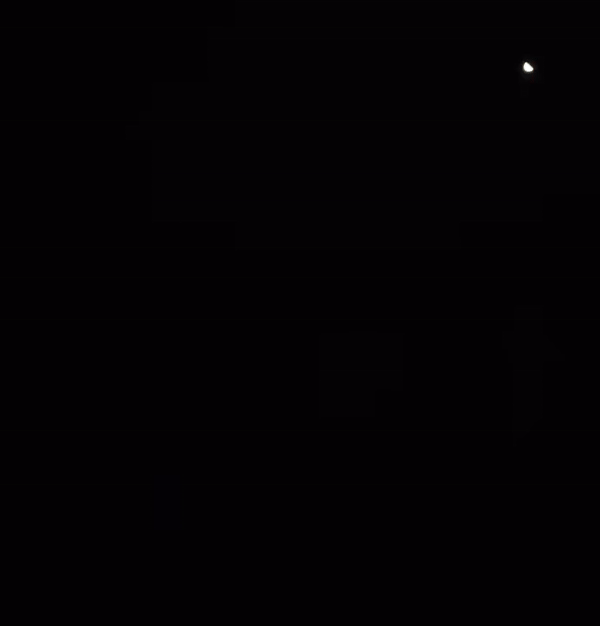
A meteoroid lit up the sky above the English Channel early Monday morning February as it streaked through the atmosphere, and because it had been detected just a few hours beforehand – with expert precision on where it could be seen — skywatchers were able to capture the event.
Astronomer Krisztián Sárneczky found the 1-meter (3 ft) asteroid just half a day before it came through Earth’s atmosphere. Sárneczky used 60-cm Schmidt telescope at the Piszkéstet? Observatory in Hungary, and originally named it Sar2667. After multiple observations, the object was re-designated as 2023 CX1 and was predicted with 100% certainty to hit Earth in the skies above the English Channel. Astronomers continued to track the object, then it blazed through the atmosphere over Europe right on schedule.
Continue reading “Another Meteoroid Discovered Right Before it Hits the Atmosphere”The Oort Cloud Could Have More Rock Than Previously Believed
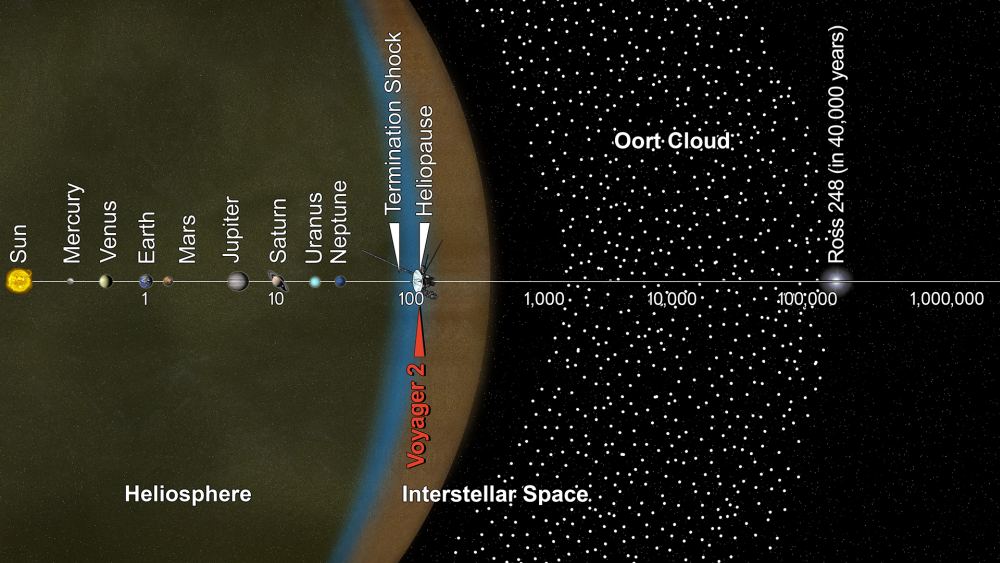
The Oort Cloud is a collection of icy objects in the furthest reaches of the Solar System. It contains the most distant objects in the Solar System, and instead of orbiting on a plane like the planets or forming a ring like the Kuiper Belt, it’s a vast spherical cloud centred on the Sun. It’s where comets originate, and beyond it is interstellar space.
At least that’s what scientists think; nobody’s ever seen it.
Continue reading “The Oort Cloud Could Have More Rock Than Previously Believed”What Does Micrometeoroid Damage do to Gossamer Structures Like Webb’s Sunshield?

Tiny little bullets flood the solar system, each micrometeoroid a potential hazard. New research has found that the James Webb Space Telescope’s thin sunshields, and future inflatable spacecraft, may be at risk.
Continue reading “What Does Micrometeoroid Damage do to Gossamer Structures Like Webb’s Sunshield?”MESSENGER Saw a Meteoroid Strike Mercury
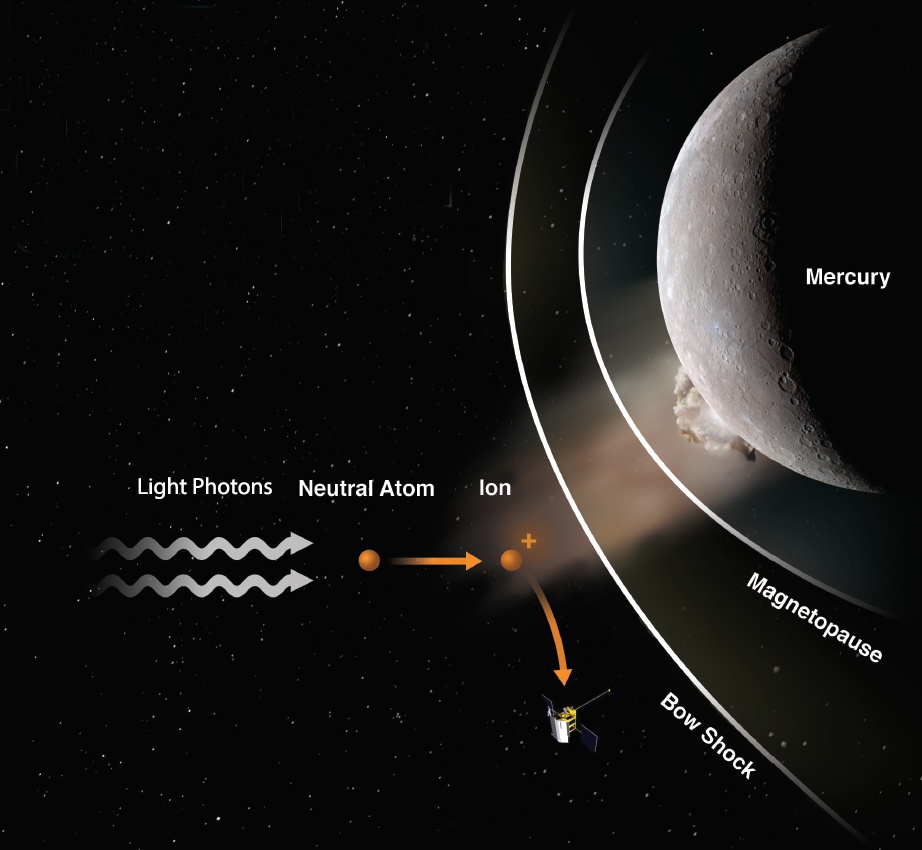
Telescopes have captured meteoroids hitting the Moon and several spacecraft imaged Comet Shoemaker–Levy 9 smacking into Jupiter in 1994. But impacts as they happen on another rocky world have never been observed.
However, the MESSENGER (MErcury Surface, Space ENvironment, GEochemistry and Ranging) mission may have seen an impact take place back in 2013. In looking at archival data from the mission, scientists found evidence of a meteoroid impact on Mercury. While this data isn’t a ‘no-doubt’ photo of the event, it does tell scientists more about impacts and how they affect Mercury’s wispy-thin atmosphere.
Continue reading “MESSENGER Saw a Meteoroid Strike Mercury”Video Shows a Meteoroid Skipping off Earth’s Atmosphere
Here’s something we don’t see very often: an Earth-grazing meteoroid.
On September 22, 2020, a small space rock skipped through Earth’s atmosphere and bounced back into space. The meteoroid was spotted by the by a camera from the Global Meteor Network, seen in the skies above Northern Germany and the Netherlands. It came in as low as 91 km (56 miles) in altitude – far below any orbiting satellites – before it skipping back into space.
Continue reading “Video Shows a Meteoroid Skipping off Earth’s Atmosphere”Bennu is Constantly Getting Sandblasted by Tiny Meteoroids
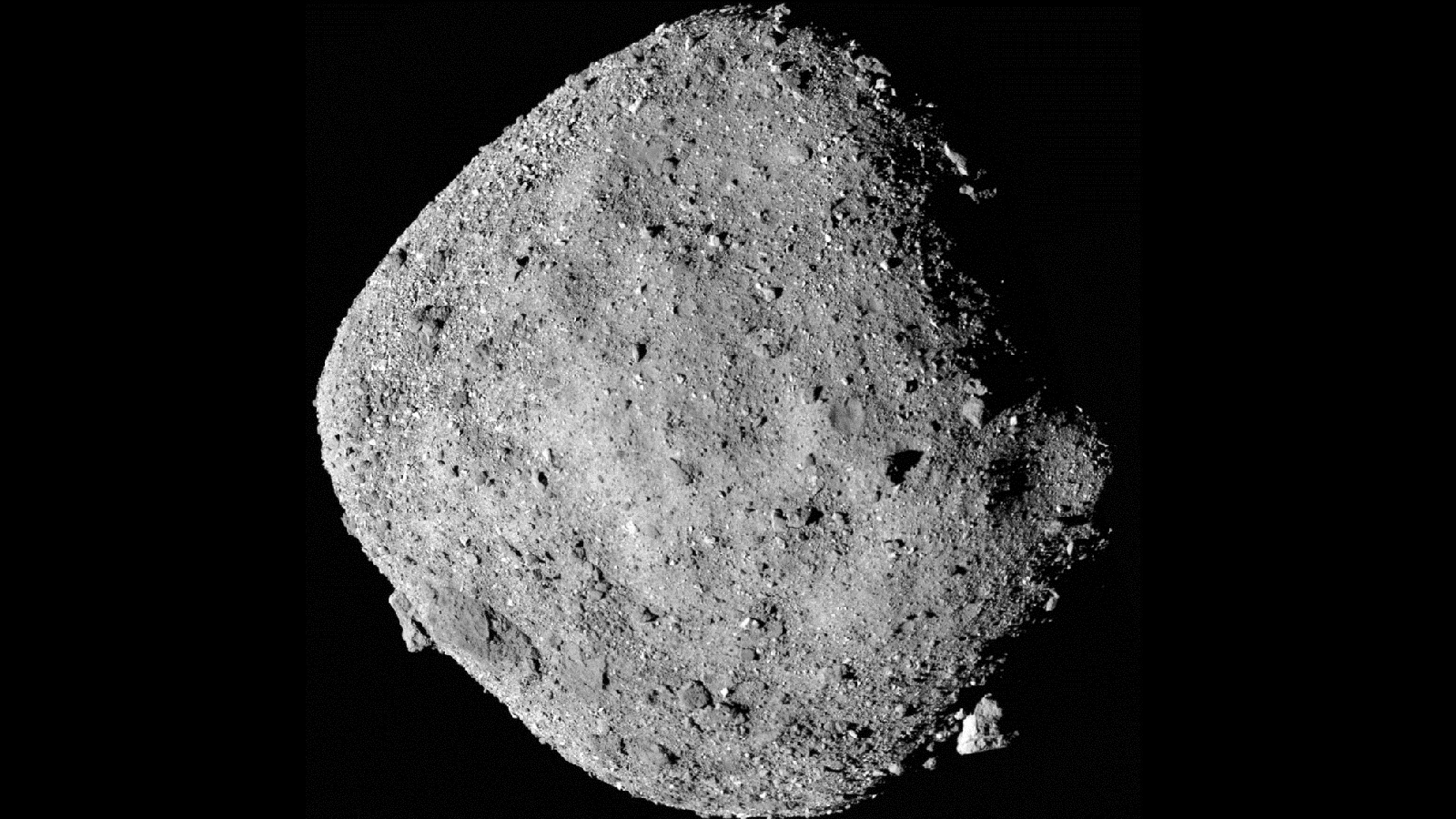
As soon as the OSIRIS-REx spacecraft arrived at asteroid Bennu in December 2018, there was a big surprise. Scientists expected Bennu’s surface would consist of fine-grained material like a sandy beach. But take a look at that surface: Bennu is a jumbled mess.
Here’s a closer view:
Continue reading “Bennu is Constantly Getting Sandblasted by Tiny Meteoroids”Meteors Explode from the Inside When They Reach the Atmosphere
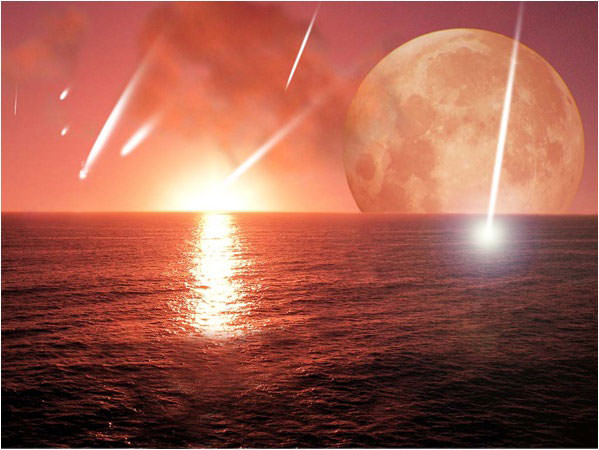
Earth is no stranger to meteors. In fact, meteor showers are a regular occurrence, where small objects (meteoroids) enter the Earth’s atmosphere and radiate in the night sky. Since most of these objects are smaller than a grain of sand, they never reach the surface and simply burn up in the atmosphere. But every so often, a meteor of sufficient size will make it through and explode above the surface, where it can cause considerable damage.
A good example of this is the Chelyabinsk meteoroid, which exploded in the skies over Russia in February of 2013. This incident demonstrated just how much damage an air burst meteorite can do and highlighted the need for preparedness. Fortunately, a new study from Purdue University indicates that Earth’s atmosphere is actually a better shield against meteors than we gave it credit for.
Their study, which was conducted with the support of NASA’s Office of Planetary Defense, recently appeared in the scientific journal Meteoritics and Planetary Science – titled “Air Penetration Enhances Fragmentation of Entering Meteoroids“. The study team consisted of Marshall Tabetah and Jay Melosh, a postdoc research associate and a professor with the department of Earth, Atmospheric and Planetary Sciences (EAPS) at Purdue University, respectively.
In the past, researchers have understood that meteoroids often explode before reaching the surface, but they were at a loss when it came to explaining why. For the sake of their study, Tabetah and Melosh used the Chelyabinsk meteoroid as a case study to determine exactly how meteoroids break up when they hit our atmosphere. At the time, the explosion came as quite the a surprise, which was what allowed for such extensive damage.
When it entered the Earth’s atmosphere, the meteoroid created a bright fireball and exploded minutes later, generating the same amount of energy as a small nuclear weapon. The resulting shockwave blasted out windows, injuring almost 1500 people and causing millions of dollars in damages. It also sent fragments hurling towards the surface that were recovered, and some were even used to fashion medals for the 2014 Sochi Winter Games.
But what was also surprising was how much of the meteroid’s debris was recovered after the explosion. While the meteoroid itself weighed over 9000 metric tonnes (10,000 US tons), only about 1800 metric tonnes (2,000 US tons) of debris was ever recovered. This meant that something happened in the upper atmosphere that caused it to lose the majority of its mass.
Looking to solve this, Tabetah and Melosh began considering how high-air pressure in front of a meteor would seep into its pores and cracks, pushing the body of the meteor apart and causing it to explode. As Melosh explained in a Purdue University News press release:
“There’s a big gradient between high-pressure air in front of the meteor and the vacuum of air behind it. If the air can move through the passages in the meteorite, it can easily get inside and blow off pieces.”
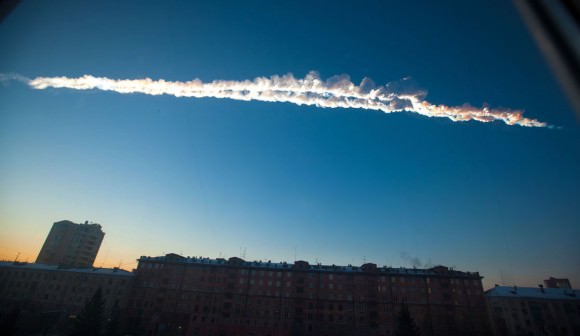
To solve the mystery of where the meteoroid’s mass went, Tabetah and Melosh constructed models that characterized the entry process of the Chelyabinsk meteoroid that also took into account its original mass and how it broke up upon entry. They then developed a unique computer code that allowed both solid material from the meteoroid’s body and air to exist in any part of the calculation. As Melosh indicated:
“I’ve been looking for something like this for a while. Most of the computer codes we use for simulating impacts can tolerate multiple materials in a cell, but they average everything together. Different materials in the cell use their individual identity, which is not appropriate for this kind of calculation.”
This new code allowed them to fully simulate the exchange of energy and momentum between the entering meteoroid and the interacting atmospheric air. During the simulations, air that was pushed into the meteoroid was allowed to percolate inside, which lowered the strength of the meteoroid significantly. In essence, air was able to reach the insides of the meteoroid and caused it to explode from the inside out.
This not only solved the mystery of where the Chelyabinsk meteoroid’s missing mass went, it was also consistent with the air burst effect that was observed in 2013. The study also indicates that when it comes to smaller meteroids, Earth’s best defense is its atmosphere. Combined with early warning procedures, which were lacking during the Chelyabinsk meteroid event, injuries can be avoided in the future.
This is certainly good news for people concerned about planetary protection, at least where small meteroids are concerned. Larger ones, however, are not likely to be affected by Earth’s atmosphere. Luckily, NASA and other space agencies make it a point to monitor these regularly so that the public can be alerted well in advance if any stray too close to Earth. They are also busy developing counter-measures in the event of a possible collision.
Further Reading: Purdue University, Meteoritics & Planetary Science




